SKY BLINDNESS & STARLIGHT
A few years ago, Madhu Narayan, a Girl Scout leader in San Diego told me this story: “In my first counseling job, with another organization, I took children with AIDS to the mountains who had never been out of their urban neighborhoods.
“One night, a nine-year-old woke me up. She had to go to the bathroom. We stepped outside the tent and she looked up. She gasped and grabbed my leg. She had never seen the stars before. That night, I saw the power of nature on a child. She was a changed person.
“From that moment on, she saw everything, even the camouflaged lizard that everyone else skipped by. She used her senses. She was awake.”
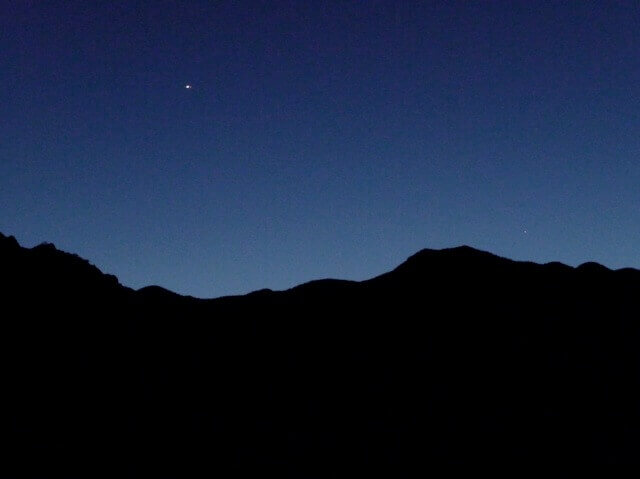
These days, for children and adults, sky blindness is common. In the journal Environmental Health Perspectives researcher Ron Chepesiuk reports, “When a 1994 earthquake knocked out the power in Los Angeles, many anxious residents called local emergency centers to report seeing a strange ‘giant, silvery cloud’ in the dark sky. What they were really seeing — for the first time — was the Milky Way, long obliterated by the urban sky glow.”
Two-thirds of the U.S. population and more than one-half of the European population may have already lost the ability to see the Milky Way with the naked eye.
When air pollution and urban domes of artificial light obscure our view of the night sky, our mental and physical health pay a price. Stars or no stars, natural darkness has value; our biological clocks count on it. Researchers have linked the amount of artificial nighttime light to higher rates of breast cancer.
In my book “The Nature Principle,” I offer a few antidotes. Although some cities now require low-pressure sodium streetlights and other light-pollution controls, regulation alone won’t cure sky blindness, in daytime or night. What we need most is a perception of value: schools, sky-watcher groups, amateur meteorologists and even technology can help. Star charts in our smartphones, for example.
Ultimately, our relation to the sky is not only about health (and we do need more research on that front), but also about wonder. Trevor Hancock, a professor at the University of Victoria’s School of Public Health and Social Policy, asks this question: “If we can’t see the stars, how will we know our place in the universe?”
Let me share a story I told a dozen years ago in a book about the cultures of fishing. My older son, Jason, then 14, and I traveled deep into Baja California, Mexico. We joined other anglers and cowboys. On horses and mules, we rode down into a canyon on the Rio Santo Domingo – so deep that even our radios could not hear civilization. There, we looked for the last members of a very old genetic strain of trout, and found them.
On the last night of the trip, several of us set up folding chairs just beyond the ring of light from the campfire.
One of the fly-fishermen, Peter, a likable, soft-spoken man, was an amateur astronomer. The last bats dipped and turned. We watched the sweep of the beam of Peter’s flashlight as he pointed to the stars. He connected the dots to show us the patterns that the ancients had first seen, perhaps after collecting their fish from weirs or single lines.
He located several constellations for us and we peered at them through binoculars. He pointed out three stars and told us to follow the line between the stars and then go up one star to the left and there was Andromeda, a milky spot scarcely visible.
“That is the only spiral galaxy visible to the naked eye, except of course our own which we are right in the middle of and if you look up and see the Milky Way…. see, look…. you can see that we are in an arm of the spiral, looking back into the Milky Way to quite literally the center of our galaxy,” he said. Andromeda, he added, is named for a princess from Greek mythology, chained to a rock as a sacrifice to a sea monster, and saved by Perseus, her future husband.
We watched a satellite move above us, blinking. Peter turned off his flashlight and the universe grew brighter.
The others drifted back to their tents. I watched one of the cowboys pour dirt on the fire, and then he disappeared, too. Peter and my son and I pushed the chairs aside, and lay down in the sand and looked up, and I experienced that strange feeling of falling upward that one has when looking so far into the past.
“You know,” said Peter, whose face we could not see, “when I was younger, growing up in the Midwest, I took the sky for granted.” Now he lives in Southern California and never sees the night-star sky, because of the marine layer and smog.
It occurred to me: Maybe fishing is not as much about introspection, as advertised, as it is about outer inspection, a good excuse to look into water or up at stars.
After a while, Peter said goodnight and left, but my son and I remained out there. The desert cold crept into our bones. We could not see each other clearly. In the dark, Jason began to talk about school – an unusual act for any teenager.
An hour later, we stood, brushed the sand off and walked back to our tent. Slipping into his sleeping bag, Jason said, “Dad, did you know that dolphins have more highly evolved brains than humans? They have more wrinkles on their brains. But nobody knows what they think about.”
“No, I didn’t know that.” I turned off the flashlight and lay there with my hands under my head. Jason settled down in his bag. We watched the universe through the netting above. A few minutes passed. He spoke again.
“And you know, there’s this great scene at the end of The Hitchhiker at the End of the Galaxy,” he said, referring to the novel by Douglas Adams. “At the end of the story, the dolphins escape from earth, and they leave this message for the humans: ‘So long, and thanks for all the fish.’”
I smiled in the dark. Perhaps we both did, until we slept.
-
Network News
POLICY UPDATE: Policy and advocacy for the children and nature movement
-
Voices
Binoculars, bald eagles and my journey as a Black birder
-
Richard Louv
THE WONDER BOWL: Ten Spring and Summer Nature Activities for Kids and Adults
-
Network News
Minneapolis Spotlight: The promise and possibilities of parks for youth
-
Voices
Why nature is my motherhood ally


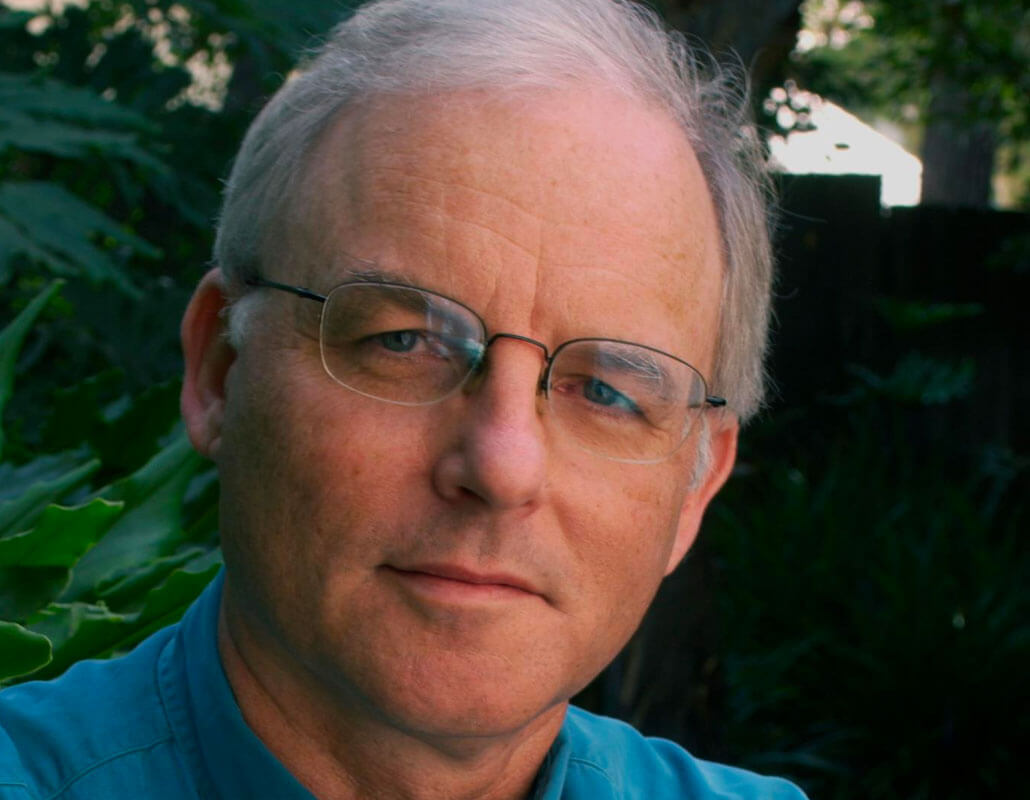
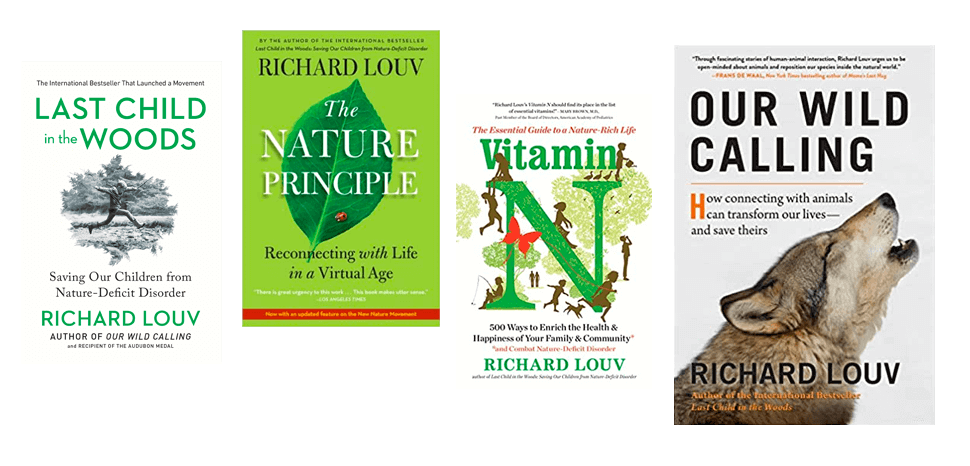
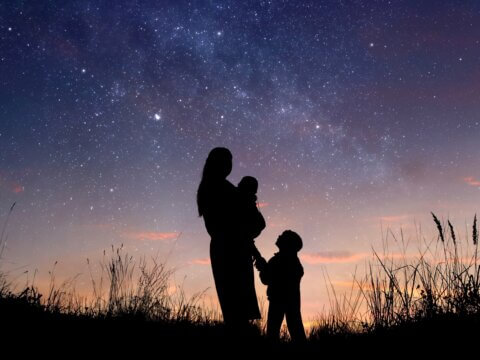
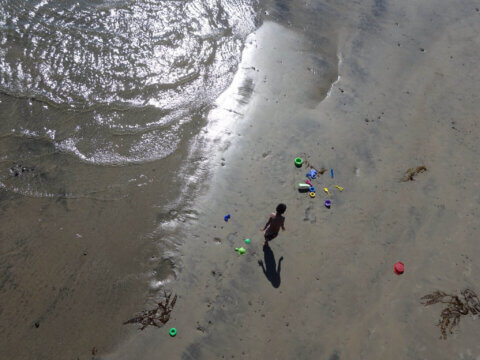
Commentaries on the C&NN website are offered to share diverse points-of-view from the global children and nature movement and to encourage new thinking and debate. The views and opinions expressed are those of the author(s) and do not necessarily reflect the position of C&NN. C&NN does not officially endorse every statement, report or product mentioned.